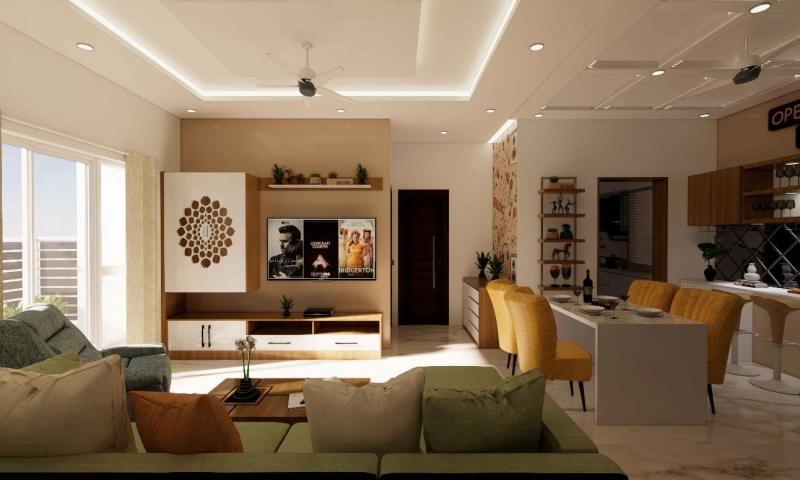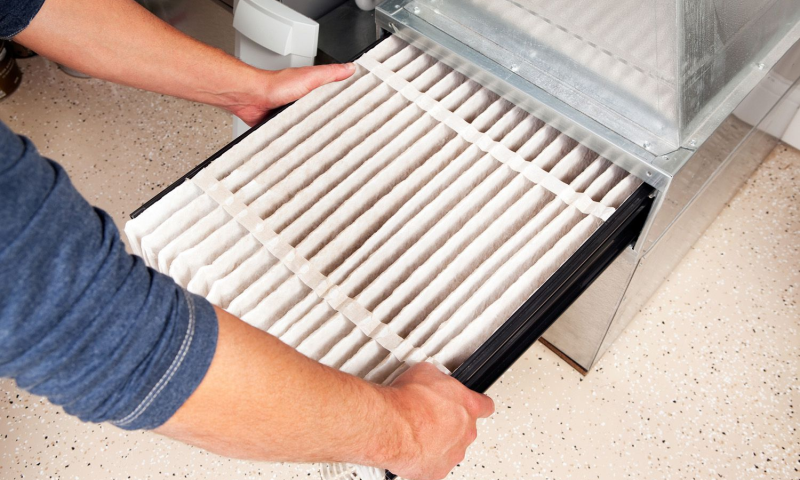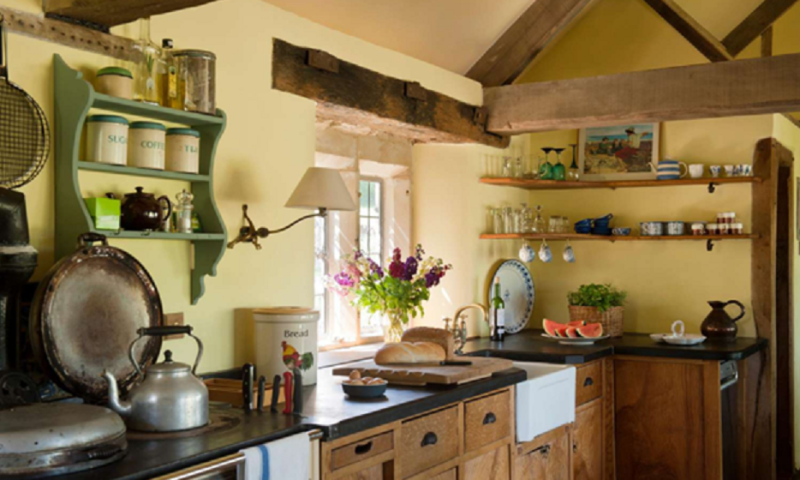How to Choose the Right Interior Designer in Bangalore?
Choosing the right interior designer in Bangalore can make all the difference in achieving the home or office space of your dreams. The city, known for its dynamic blend of modernity and traditional charm, hosts numerous talented designers. Here’s a guide on how to select an interior designer in Bangalore who will best meet your needs and aesthetic preferences.
- Define Your Style
Before you start looking for some interior designers it’s essential to have a clear idea of the style you want. Whether it’s contemporary, traditional, minimalist, or eclectic, knowing your style preference will help you find a designer whose aesthetic aligns with yours. Browse magazines, websites, and social media for inspiration.
- Research and Referrals
Start by researching local designers. Websites, social media platforms, and design magazines can provide insights into their past projects. Personal referrals are also invaluable. Ask friends, family, or colleagues who have recently hired an interior designer for recommendations. Personal experiences can give you a clear picture of what it might be like to work with a particular designer.
- Check Credentials and Experience
Many designers will have formal training or a background in interior design. Check their qualifications, and look for membership in professional organizations like the Institute of Indian Interior Designers (IIID). Experience in the field, especially in Bangalore, is a plus as it means the designer understands local trends, climate, and resources.
- Review Their Portfolio
A strong portfolio is crucial. Review their past projects to assess their creativity, style, and attention to detail. Look for a range of projects in their portfolio. If you have a specific project type in mind (like commercial spaces, traditional homes, etc.), see if they have experience in that area.
- Discuss Their Process
Understanding how the designer approaches projects is key. Schedule a consultation to learn about their design process, how they manage timelines, the vendors they use, and how they handle project budgets. Good communication and a structured process are essential for a successful design outcome.
- Consider Their Communication Skills
Since designing your space is a collaborative process, choose someone who is a good listener and communicator. During your initial meetings, note whether they ask insightful questions about your needs and preferences and whether they seem enthusiastic about your project.
- Understand the Budget
Discuss your budget upfront. A good designer will help you understand what can be achieved within your budget and provide transparent pricing. Ensure there are no hidden costs and ask how they handle budget overruns.
- Check References
Ask for references and speak to previous clients. This can provide insights into the designer’s reliability, responsiveness, and ability to stay on budget and schedule.
- Look for a Personal Connection
Finally, it’s important that you feel comfortable with your designer. Interior design is a personal process, and feeling understood by your designer can make the process smoother and more enjoyable.
- Location and Availability
Consider their location and availability. A designer who is easily accessible and available to oversee the project can be advantageous, especially when dealing with suppliers and managing project timelines.
Taking these steps will help ensure that you choose an interior designer in Bangalore who not only matches your style and budget but also one whom you can trust to bring your vision to life effectively.
Visit TASA Interior Designer
15, 11th Cross Rd, near ICICI ATM,
Banjara Layout, Horamavu Agara,
Horamavu, Bengaluru,
Karnataka 560043
Interior designers https://g.page/r/CUicb72srjNzEBM (GMB)
Interior designers in Bangalore https://tasainteriordesigner.com (Website URL)



